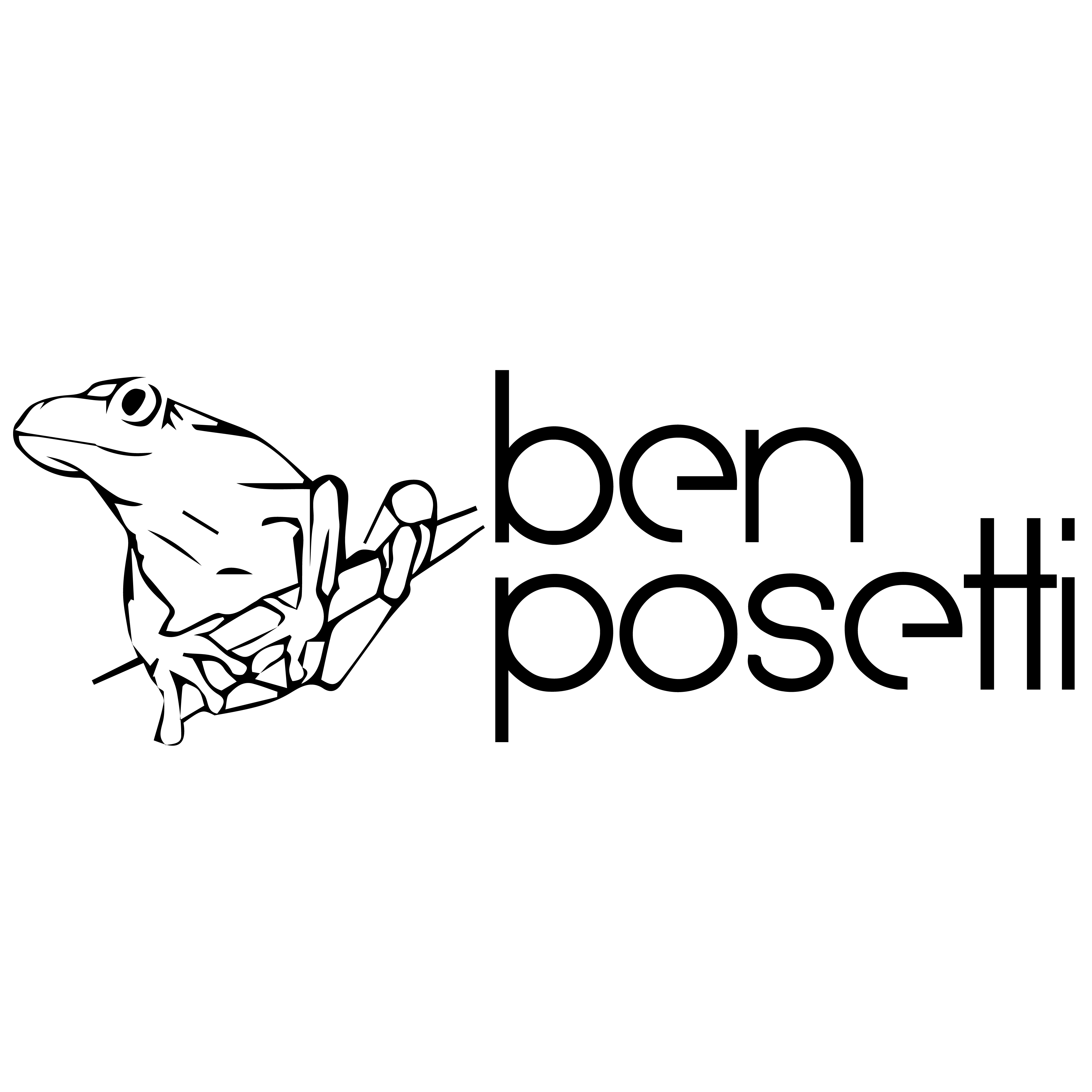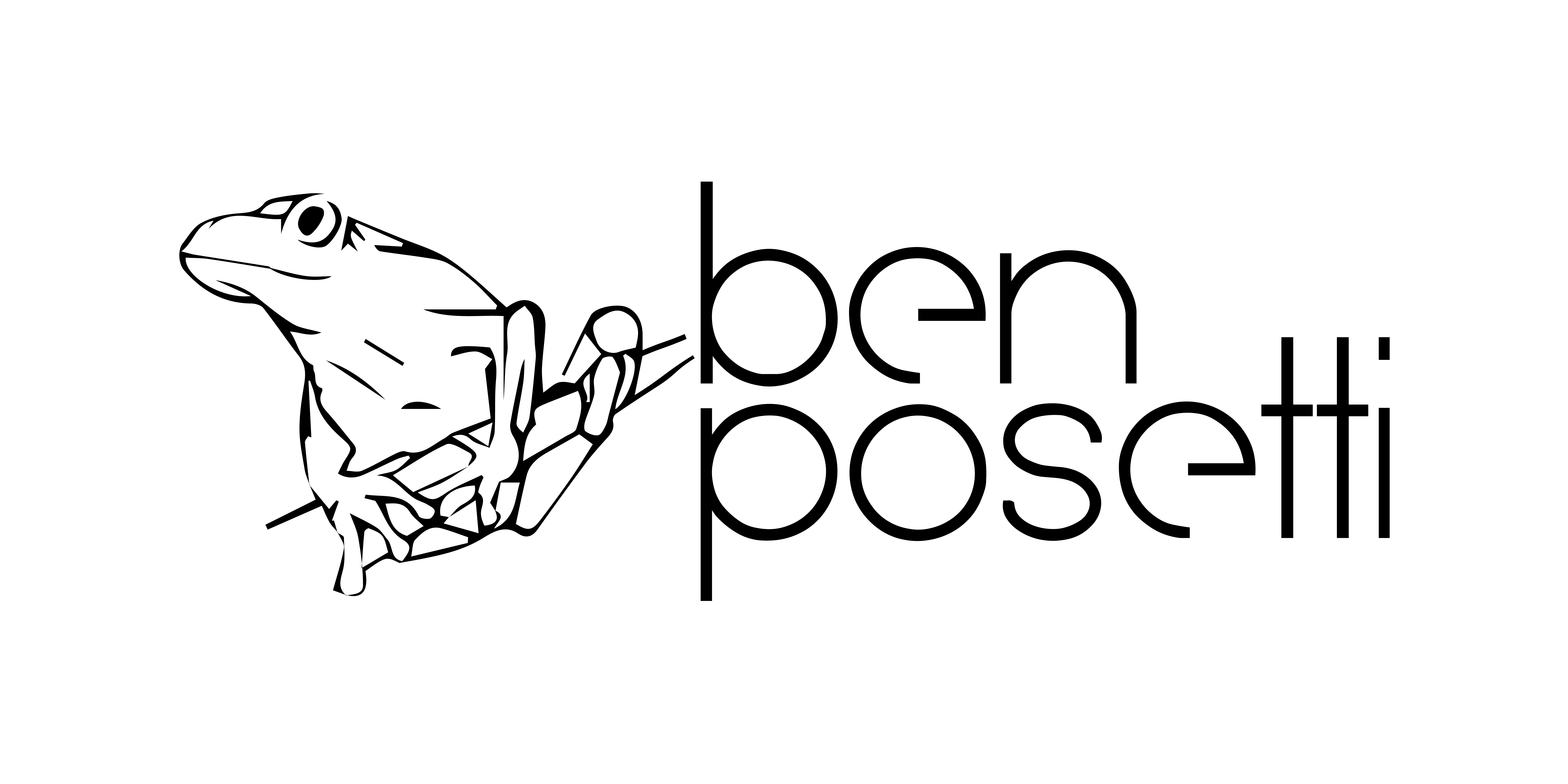
Clicking Through Endless Seas
A multi-method exploration of user experience in journalistic content websites
About This Project
Clicking Through Endless Seas is a research project that explored the relationship between user experience and web design on journalistic content websites such as magazines, newspapers, and mass-blogs. The work was the result of a laborious research process as part of the Master of Cognition and Communication programme at the University of Copenhagen. A segment of the research was published as part of the International Conference on Design, User Experience and Usability, part of HCI International 2015.
In the world of online content, online publishers aggressively compete for eyeballs. The digital revolution in publishing has evolved both the modes of production of editorial content, as well as consumer habits. Today’s online news consumers are less committed and more intermittent. They are prone to grazing the news and checking headlines from time to time. In this environment, web design has come to play a critical role in achieving the ends of online publishers, by creating particular user experiences in their online presence.
The research involved Ethnographic Content Analysis of three content websites – The Huffington Post, Upworthy and Matter. Multi-method user observation and interviews then established a rich view of the user experiences, relative to the website designs. The original method is a significant contribution to methodologies in user experience research, in considering the wider contexts of design relative to both the production and consumption of the interactive product.
The results indicated a negotiation process between the forces in production and user motivations in content consumption. Producers may want to achieve certain goals in their publishing (e.g. maximise page clicks, or engage users in the content). But they have to balance those objectives against the desires of the user, considering factors regarding the relationship between user’s evaluation of their interactive experience and evaluation of the content quality. For example, persuasive means within the web design might be used for click-baiting users. Through iterative negotiation, producers can estimate what level of click-baiting is right for their objectives, their content, and their brand image.
This project characterises an ongoing research and practical interest in what makes users tick in online content experiences. The UX research approach developed uses established and reliable research methodologies. It can be applied in many areas of interactive product research where the wider contexts of technological, cultural and economic forces are at play.


